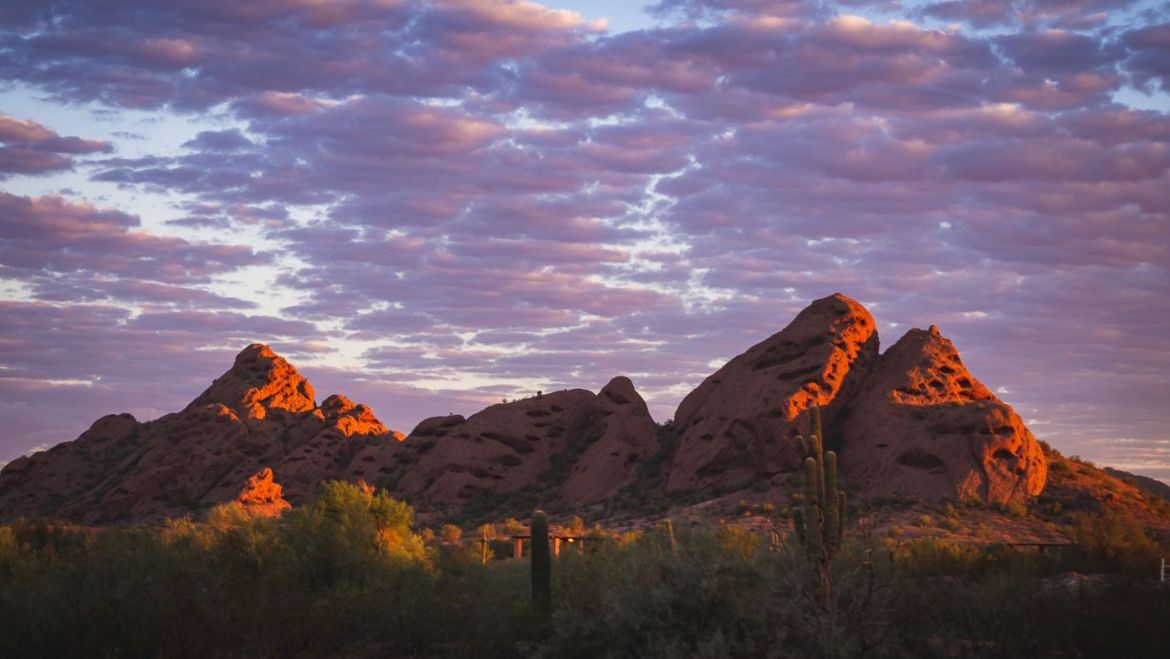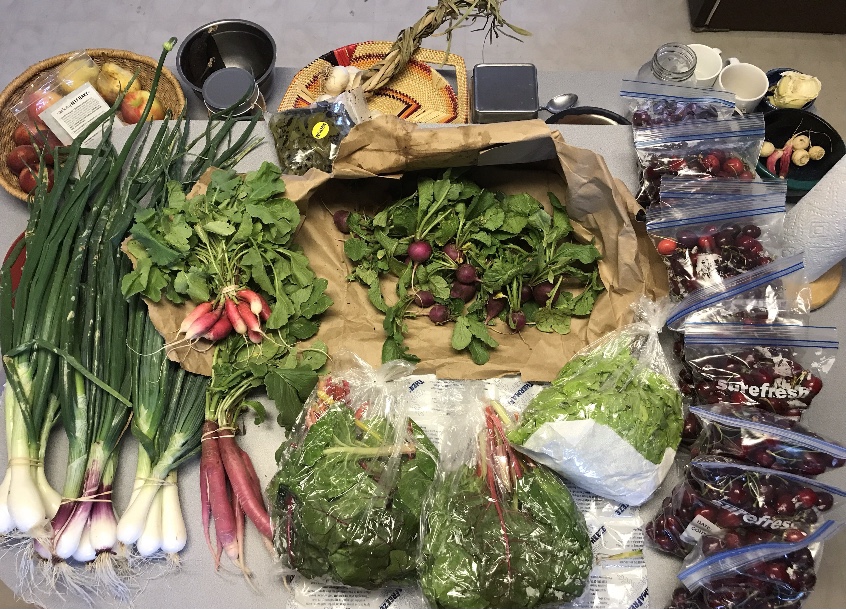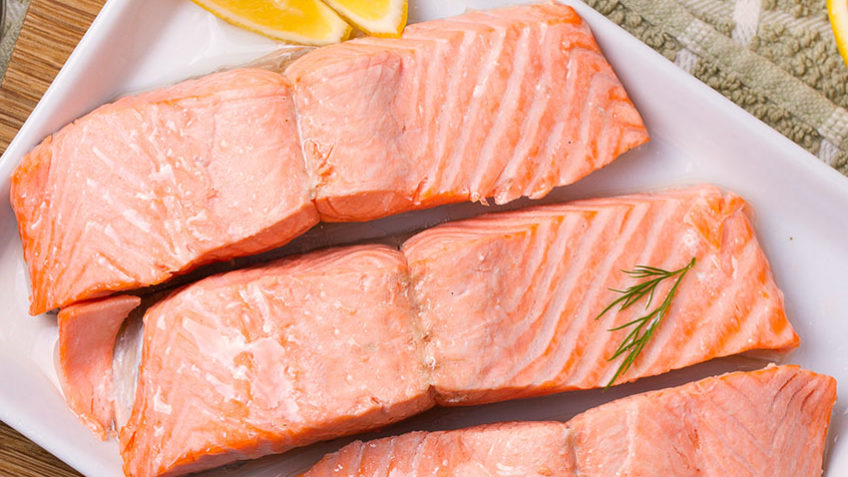We intend to be available in Phoenix on Wednesday and Thursday, July 7 & 8 for those who order in advance. Whether you need multiple cases or just a few items, please place your order via email or phone by Monday, July 5. Alaska Wild Sockeye, Coho, and Keta Salmon are in abundant supply and we’ll even have a bit of Black Cod. Don’t forget the Grassfed-Grassfinished-GrassFAT Beef, Arizona Local Raw Honey (we have a nice variety of specialty raw regional honey too), Bariani Olive Oil and Kenny’s Spice Rub. We’ve also recently added our FishHugger t-shirts and insulated tote bags to our product list along with a couple of other specialty food items.
We find that most customers are best satisfied with a custom order, it’s a great way to eat what you want when you want it! Should you require assistance in determining your freezer needs, please let us know, we’re here to help. Our ‘Price List’ https://fishhugger.com/our-products/price-list/ is updated with the current product list and pricing information. For additional specials, sign up for our FishHugger email newsletter.
Again, please place your order via phone or email by Monday July 5. Orders will be picked up at our Phoenix home (near Thomas Rd & 44th St) on Wednesday and Thursday, July 7 & 8. If you have already put in a Phoenix order for July and haven’t heard back from us, please re-confirm…we don’t want to miss you!
We welcome any further inquiry, feedback, input or suggestions anytime. Our website is thorough, informational, and already answers every question we’ve been asked to date. Typically, most other questions and concerns are best addressed by phone. Please call us…we can’t always answer immediately, however, we do return voice messages promptly. Alternatively, you are welcome to schedule a phone consultation via email.
We appreciate you and look forward to stocking your freezer and pantry soon!
In Health & Happiness,
Kenny & Brenna



